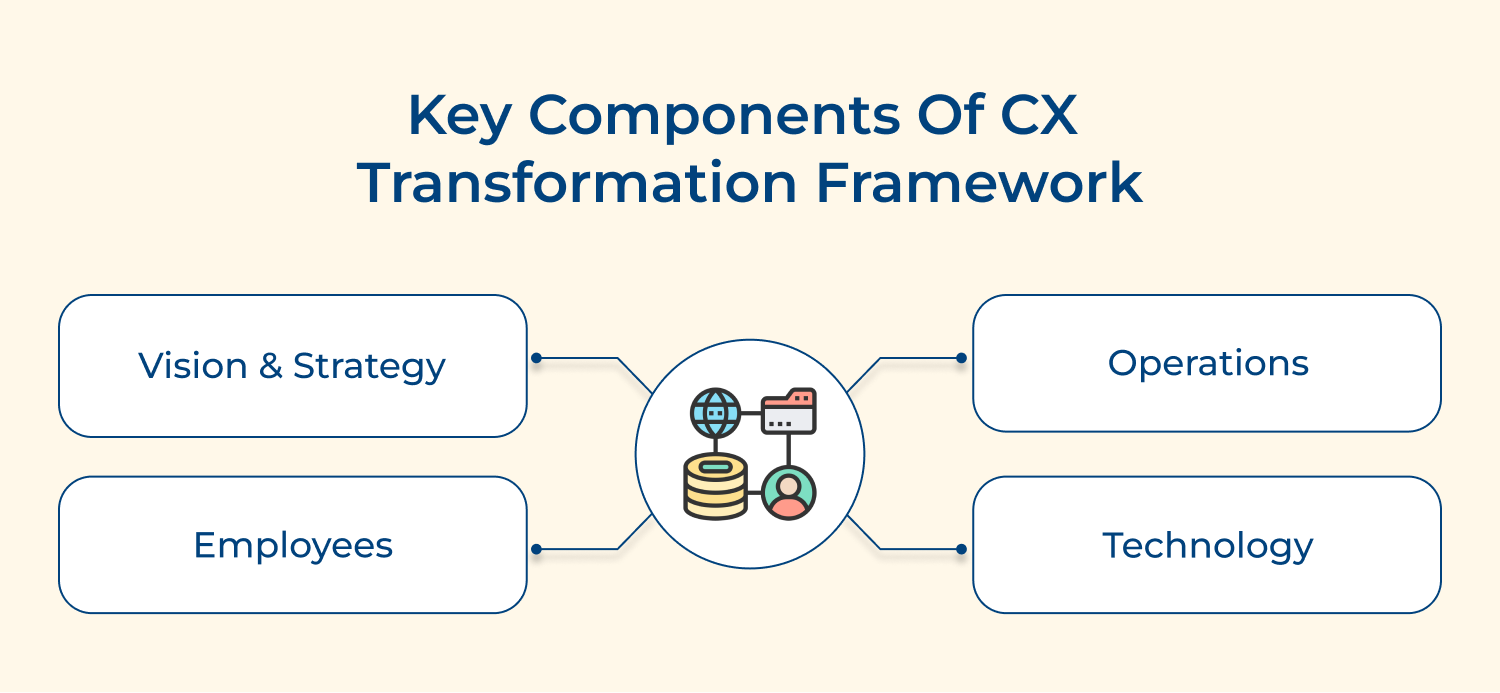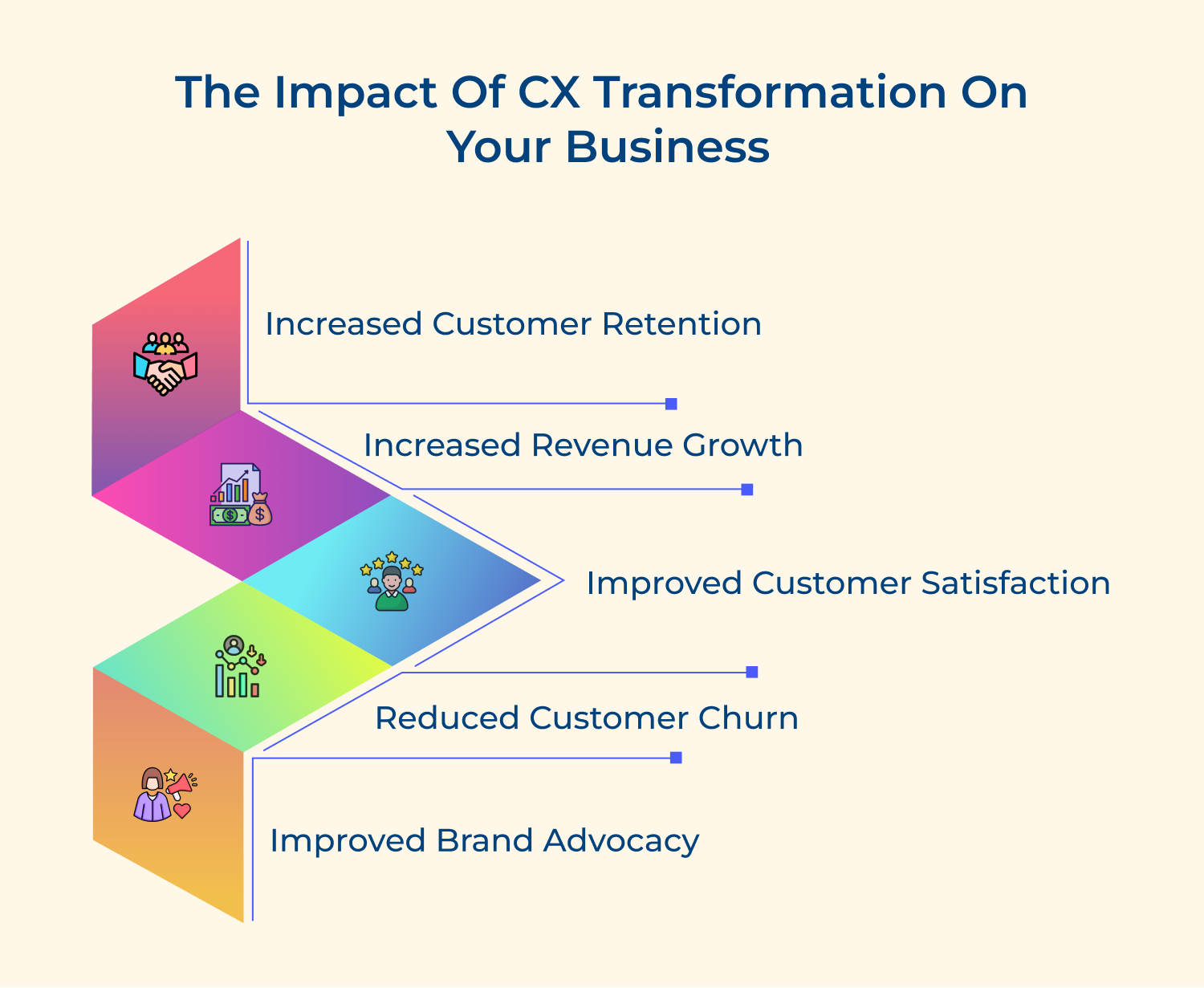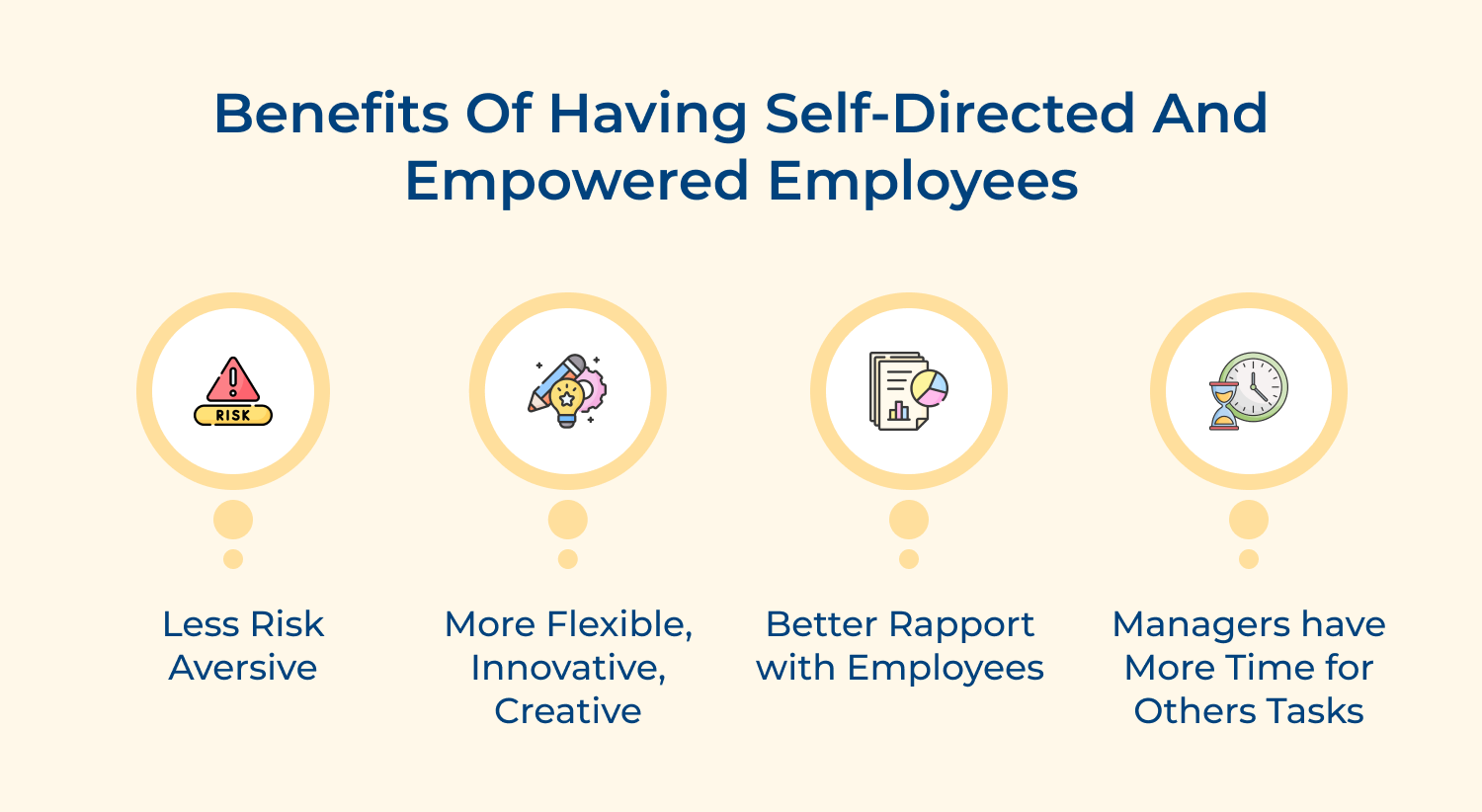Increased Customer Retention
CX transformation can improve customer retention rates for businesses. When customers have a good experience, they are more likely to return, and returning customers are the lifeblood of any business. Satisfied customers who have had a positive experience are also more likely to refer their family and friends to your business.
Increased Revenue Growth
Digital CX transformation can boost revenue growth for businesses. Customers who have had an excellent experience with your business are more likely to repurchase or refer you to others, driving revenue growth. Customer satisfaction is also essential in the current competitive market because it leads to loyal customers and creates a competitive edge.
Improved Customer Satisfaction
CX transformation can increase customer satisfaction, and this can have significant implications for your business. When your customers are satisfied, they are more likely to develop a relationship with your company, making you their preferred choice compared to your competitors.
Reduced Customer Churn
CX transformation can also bring about a reduction in customer churn. Included in this is everything that a company does to lose customers, including bad customer service, long wait times, or slow response times. CX transformation can tackle such problems, helping to keep a business from losing its customers.
Improved Brand Advocacy
CX transformation can help to create brand advocates for your business. Positive brand advocacy is the result of satisfied customers’ willingness to share their good experiences with others, and it can be a powerful driver of growth for any business. A satisfied customer can become a loyal customer who not only buys from your business but also advocates for your brand.
Top Customer Experience (CX) Transformation Strategies to Follow
A fundamental change of mindset focusing on the customer, along with operational and IT improvements, can generate a 20 to 30% uplift in customer satisfaction. Meaningful experiences should be designed to have a deep impact on customers. They are keen to engage in experiences that offer emotional and often social value.








